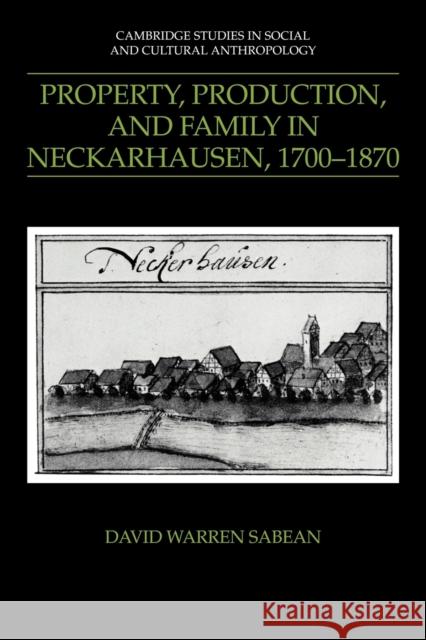Property, Production, and Family in Neckarhausen, 1700 1870 » książka
Property, Production, and Family in Neckarhausen, 1700 1870
ISBN-13: 9780521386920 / Angielski / Miękka / 1991 / 544 str.
One of the most important works in social history of recent decades, this landmark study deals with the ordinary experiences of people who lived in a village in Southern Germany. By focusing on the internal relations of the family, David Sabean explores the ways in which the family shaped both property and production in Neckarhausen. Situated on the upper Neckar river, between the Black Forest and the Swabian Alp, Neckarhausen provides a classic example of small peasant agriculture characterized by ever more intensive use of soils as succeeding families worked ever smaller plots of land. In 1700, Neckarhausen had largely recovered from the Thirty Years War and had established the landholding pattern and occupational structure that would characterize it until the late nineteenth century. By 1870, the population had tripled in size and the village had experienced a green revolution and had become enmeshed in regional and international markets. This in-depth study of Neckarhausen is divided into four parts: an introduction to social and economic change, sources and concepts; an analysis of relationships between husbands and wives; a consideration of relationships between generations; and a discussion of kinship and the transfer of property.











